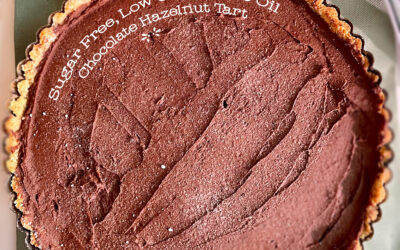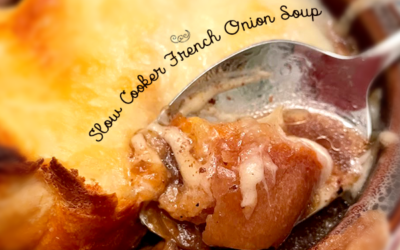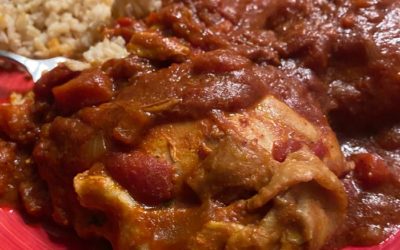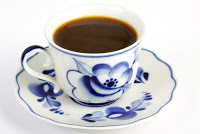
Recently, a friend of mine asked me how to make a decent cup of coffee. I never really thought about it before. Coffee at our house is a pretty important affair. It’s the juice that gets us going in the morning, and I have had many a bad cup of coffee to appreciate a good one. (Case in point-all the girl scout mom’s smuggle Starbuck’s VIAs into our dude ranch campsite because the coffee there is undrinkable! I am not the only one neurotic about coffee!)
Well, thanks to my friend Pat’s inspiration, I decided to write some of my tips on how we brew a pretty good cup of coffee. You may have tips as well, and I urge you to share with us all.
At the core, there are aspects of the brewing process that all need to be taken account when making coffee. There is water, the machine and the beans.
Water:
Water should be freshly drawn, soft water- not well water or hard water. When we go to our lake house rental, we have well water. We make it a point to purchase a big bottle of mineral water for coffee. When we used well water, the coffee tasted “chewy” and dirty. For drip coffee, minerals in the water help bring out the oils and flavors of the beans. And I will give you one little trick in the bean step to kick this up even further. Measure how many cups your pot makes so you know how many beans to grind. We make 14 cups in our pot.
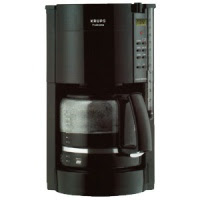
The Machine:
You can spend a small fortune on coffee makers. Truthfully, I cannot tell you if it makes a difference or not. We bought a good brand we felt comfortable with in the mid-price range (Krups ProAroma), and it has worked like a champ. We can get in a big debate on which process is better–drip coffee makers v.s coffee presses v.s percolators etc. I think that is for another post. For the sake of this discussion, I am talking about an automatic drip coffee maker. If you want to compare some models, here is a great link ( https://www.consumersearch.com/coffee-maker-reviews) It seems the pricier models have all kinds of self cleaning features, gadgets and buttons. I am a little no-nonsense. At the end of the day, it needs to push water through some ground beans really well. Period.
So, regarding the machine, it is good to run a store bought cleaner twice a year to clean out the mineral deposits and whatnot out of the machine. Also, before brewing, clean out your pot, basket and liner with soap and water. This is very important. A few times I was sleepy and figured-“Ehh, who’ll notice?” You’ll notice-trust me. Even at work, we keep brewing coffee all day in the same pot and after a while, the coffee just tastes funky. All the old oils build up and it just isn’t very fresh tasting. I have also read that using scalding water with a few teaspoons of baking soda to clean the coffee pot and baskets works great. I have never tried it but I hear it keeps thing squeaky clean for your next brewing. Moral of the story-Keep it CLEAN.
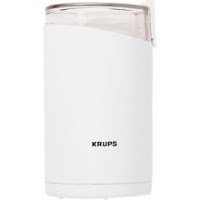
Beans:
You need to do a little trial and error to see what roast you like. We like a heartier roast, to the point where we will brew Starbucks French Espresso Roast as a normal, drip coffee v.s espresso. Our favorite is a bag we get from CostCo (They roast beans right there, it doesn’t get fresher than that!). We buy the Papua New Guinea as whole beans. We measure what we need for the pot, and grind them in a small, Krups grinder before every brew.
The right measure for your taste buds is important, and you may find that different beans need different measurements. The CostCo bag takes 7 scoops of beans and “some change” and the Starbuck’s French Roast took 6 scoops and “some change”. Trial and error will get you the right measure. According to Joy of Cooking, the rule of thumb to start off with is 2 Tbsp. ground coffee for each 3/4 cup water.
I mentioned we grind our beans before each brew. In my mind that is the freshest and best way to get a great cup of coffee. Its all about the oils in the beans, and when the beans are freshly ground, the oils are fresh. Ever have rancid oil in the pantry-or old peanut butter? Oil is a “fat” and that doesn’t have a long shelf life. Grounds that are in a can sitting on store shelves for who knows how long won’t give you the full flavor of a fresh ground bean. Take the extra two minutes, trust me.
Before grinding your beans, I am going to suggest one little trick that is kind of a secret that was told to me. Grab your salt shaker and give a dash or two of salt to the beans. For the same reasons the minerals in soft water is great for drip coffee is the same reason adding a hint more salt will do wonders for your brew. The salt brings out the oils and the flavors. Don’t do too much-your coffee will get a soapy flavor. Just a dash.
When grinding the beans, I count to 12 as I pulse and shake our grinder. That seems to be the grind we like. Your machine may have instructions on what grind is best for it (regular, drip or fine). We pour the grounds in the basket and brew away. Never re brew your grounds (yuck!) but put them in your garden! (https://urbandomesticdiva.com/gardening-coffee-grounds-make-great-fertilizer/) And also, the minerals in the water do wonders for drip coffee but not espresso. Espresso is brewed faster and with pressure, so it doesn’t really benefit from the minerals in the water. Something to keep in mind.
Happy Brewing!
- Sugar-Free, Low-Carb, Olive Oil Chocolate Hazelnut Tart - February 18, 2023
- Easy Slow Cooker French Onion Soup - November 28, 2022
- Recipe: Chicken Vindaloo with Whole Foods Vindaloo Curry Powder - January 22, 2022

